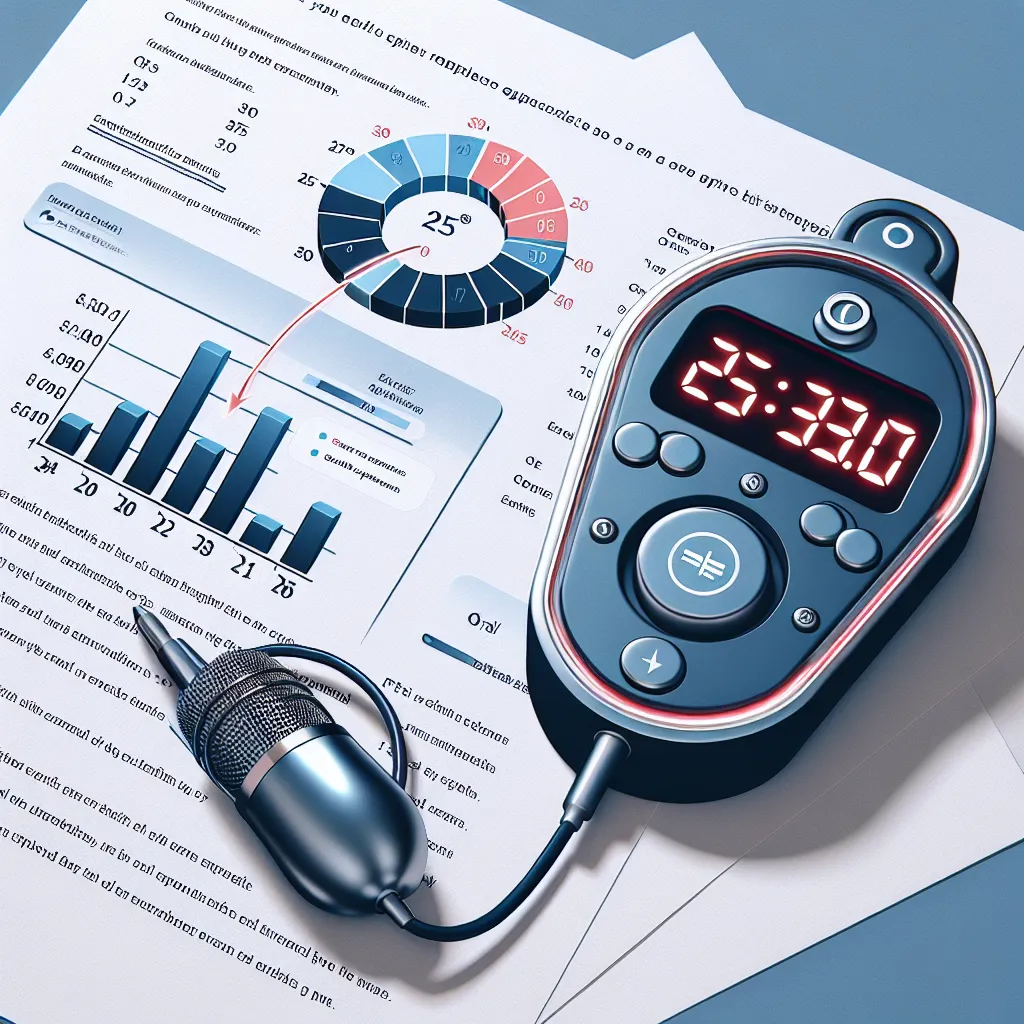The PTE Speaking section is often considered one of the most challenging parts of the Pearson Test of English Academic. Many test-takers wonder, “Is The PTE Speaking Section Difficult?” In this comprehensive guide, we’ll explore the intricacies of this section, discuss its challenges, and provide valuable tips to help you excel.
Understanding the PTE Speaking Section
Overview of the Speaking Tasks
The PTE Speaking section consists of five different task types:
- Read Aloud
- Repeat Sentence
- Describe Image
- Re-tell Lecture
- Answer Short Question
Each task is designed to assess different aspects of your speaking skills, including pronunciation, fluency, and oral language proficiency.
 PTE Speaking Tasks Overview
PTE Speaking Tasks Overview
Time Constraints and Scoring
One of the primary challenges in the PTE Speaking section is the strict time limits for each task. For example:
- Read Aloud: 30-40 seconds to read a text
- Repeat Sentence: 15 seconds to repeat a sentence
- Describe Image: 40 seconds to describe an image
- Re-tell Lecture: 40 seconds to summarize a lecture
- Answer Short Question: 10 seconds to answer a question
The scoring is based on various factors, including content, oral fluency, pronunciation, and vocabulary range.
Challenges in the PTE Speaking Section
Time Pressure
Many test-takers find the time constraints to be the most significant challenge. Speaking clearly and coherently within such tight timeframes can be stressful, especially for non-native English speakers.
Multitasking Skills
Tasks like Describe Image and Re-tell Lecture require you to process visual or auditory information quickly while formulating a spoken response. This multitasking can be particularly demanding.
Technical Aspects
The computer-based format of the PTE exam can be intimidating for some. Familiarizing yourself with the interface and speaking into a microphone in a test environment can take some getting used to.
Accent and Pronunciation
The PTE Speaking section is scored by a computer algorithm, which can sometimes be less forgiving of strong accents or minor pronunciation errors compared to human examiners.
Strategies to Overcome PTE Speaking Difficulties
Practice Time Management
To tackle the time pressure:
- Use a stopwatch during practice sessions
- Focus on speaking concisely and to the point
- Learn to pace yourself for each task type
Improve Your Multitasking Skills
For tasks requiring quick information processing:
- Practice summarizing articles, images, and lectures regularly
- Develop a structured approach for each task type
- Learn to identify key points quickly
Familiarize Yourself with the Test Format
To overcome technical challenges:
- Take PTE mock tests to get comfortable with the computer-based format
- Practice speaking into a microphone regularly
- Learn the specific requirements for each task type
Enhance Your Pronunciation and Fluency
To improve your speaking skills:
- Listen to native English speakers and imitate their pronunciation
- Practice tongue twisters to improve articulation
- Record yourself speaking and analyze your performance
 PTE Speaking Practice Session
PTE Speaking Practice Session
Common Misconceptions About PTE Speaking Difficulty
“Perfect Accent is Required”
While clear pronunciation is important, you don’t need a native-like accent to score well. Focus on clarity and intelligibility rather than trying to sound like a native speaker.
“It’s Easier Than IELTS Speaking”
Some believe PTE Speaking is easier because there’s no face-to-face interaction. However, the time constraints and technical aspects can make it equally challenging, just in different ways.
“You Need to Speak Fast to Beat the Timer”
Speaking quickly doesn’t necessarily improve your score. It’s more important to speak clearly and coherently within the time limit.
How to Prepare Effectively for PTE Speaking
Use Official PTE Resources
Start with the official PTE Academic Testbuilder and practice materials from Pearson. These will give you the most accurate representation of the actual test.
Incorporate Technology
Use speech recognition software and PTE-specific apps to get feedback on your pronunciation and fluency.
Regular Practice
Consistency is key. Set aside time each day for speaking practice, focusing on different task types.
Seek Feedback
Join PTE study groups or work with a tutor to get constructive feedback on your speaking performance.
Conclusion
So, is the PTE Speaking section difficult? While it does present unique challenges, with the right preparation and mindset, it’s entirely manageable. The key is to understand the specific requirements of each task, practice regularly, and develop strategies to overcome the time pressure and technical aspects of the test.
Remember, difficulty is subjective, and what matters most is how well you prepare. By following the tips and strategies outlined in this guide, you can approach the PTE Speaking section with confidence and improve your chances of achieving your desired score.
[internal_links]




